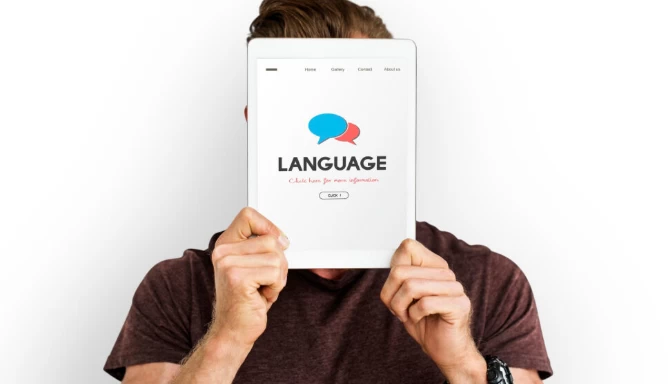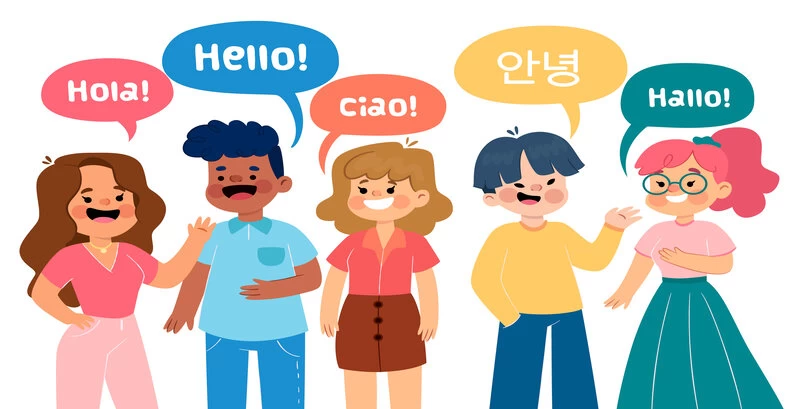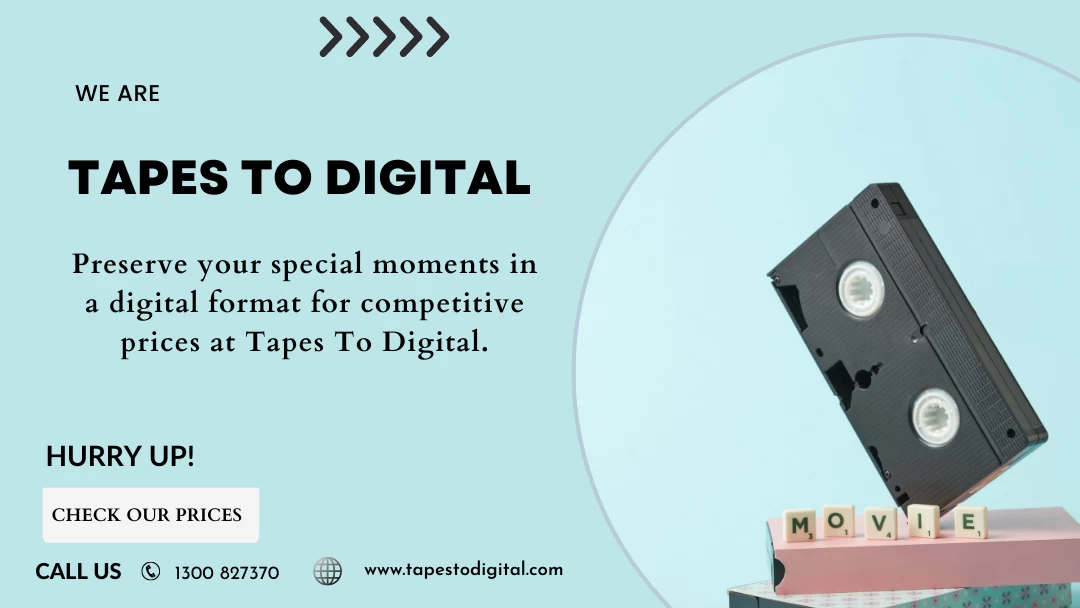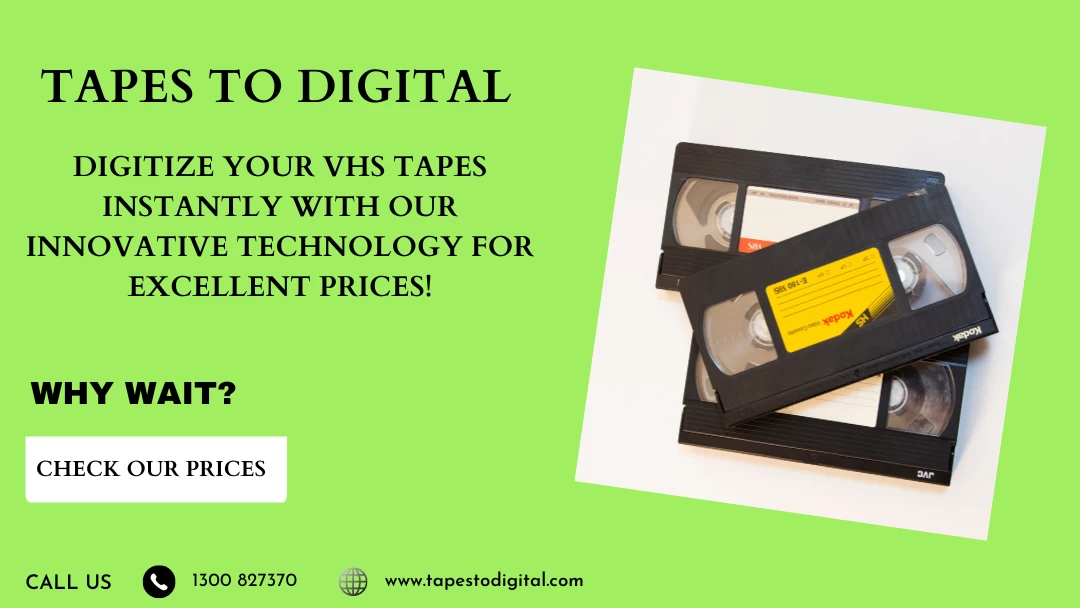The Potential of Camcorder to Digital in Linguistic Research: Studying Dialects and Language Evolution Over Time
Unlock new linguistic research possibilities with camcorder to digital conversion. Learn how digitized camcorders can track language evolution and study dialects.
4 minutes to read

Camcorder to Digital in Linguistic Research
Language is constantly evolving, with dialects and accents changing over time. Studying these changes is essential to understanding the evolution of language and the way we communicate with each other.
Camcorder to digital conversion is an important tool in linguistic research, as it allows for the preservation, sharing, and analysis of linguistic data. In this article, we will explore the potential of camcorder to digital conversion in linguistic research, with a focus on studying dialects and language evolution over time.
Camcorder to Digital Conversion: An Overview
Camcorder to digital conversion involves transferring analog recordings from a camcorder to a digital format such as DVD or USB drive. This process involves capturing the video and audio data from the analog recording and converting it into a digital file format. Once the data is in digital format, it can be edited, duplicated, and shared in a variety of ways.
The Advantages of Camcorder to Digital Conversion in Linguistic Research
There are several advantages to using camcorder to digital conversion in linguistic research. One of the main advantages is the ability to preserve and share data. Analog recordings such as VHS tapes and camcorder tapes can deteriorate over time, leading to the loss of valuable data. By converting these recordings to digital formats, researchers can ensure that the data is preserved for future generations.
Another advantage of camcorder to digital conversion is the ability to share data with a wider audience. Digital files can be easily duplicated and shared with colleagues, making it easier for researchers to collaborate and analyze data. This is particularly important in linguistic research, where the ability to share data with other researchers can lead to new discoveries and insights.
Finally, camcorder to digital conversion makes it easier to analyze data. Digital files can be edited and manipulated in a variety of ways, making it easier to identify patterns and trends in the data. This is particularly important in linguistic research, where the ability to analyze large amounts of data is essential to understanding language evolution.
Camcorder to DVD Conversion in Linguistic Research
One of the most common methods of camcorder to digital conversion is the use of DVDs. DVDs are a popular format for storing digital recordings, as they are easy to use and widely available. In linguistic research, DVDs can be used to store recordings of interviews, focus groups, and other linguistic data.
One advantage of using DVDs in linguistic research is their durability. DVDs are designed to last for many years, making them a reliable format for storing important data. Additionally, DVDs can be easily duplicated and shared with other researchers, making it easier to collaborate and analyze data.
However, there are also some disadvantages to using DVDs in linguistic research. One of the main disadvantages is the limited amount of storage space available on a single DVD. This can make it difficult to store large amounts of data, particularly if the data includes high-quality video and audio recordings. Additionally, DVDs can be easily scratched or damaged, which can lead to the loss of valuable data.
 An illustration with a group of people talking.
An illustration with a group of people talking.
Camcorder to USB Conversion in Linguistic Research
Another method of camcorder to digital conversion is the use of USB drives. USB drives are small, portable devices that can be easily plugged into a computer to transfer data. In linguistic research, USB drives can be used to store recordings of interviews, focus groups, and other linguistic data.
One advantage of using USB drives in linguistic research is their portability. USB drives are small and lightweight, making them easy to transport and share with other researchers. Additionally, USB drives can store large amounts of data, making them a good choice for researchers who need to store a lot of recordings.
However, there are also some disadvantages to using USB drives in linguistic research . One of the main disadvantages is the potential for data loss. USB drives can be easily lost or damaged, leading to the loss of valuable data. Additionally, USB drives can become infected with viruses or malware, which can compromise the integrity of the data.
Camcorder to Digital Conversion: Best Practices
When you transfer camcorder to digital conversion in linguistic research, it is important to follow best practices to ensure the quality and accuracy of the data. Some best practices include:
Use high-quality equipment: High-quality equipment is essential to producing accurate and high-quality digital recordings. This includes high-quality camcorders, capture cards, and software.
Store recordings in a cool, dry place: Storing recordings in a cool, dry place can help prevent deterioration and damage to the data.
Use appropriate file formats: Choosing appropriate file formats can help ensure that the data is accurate and usable. This includes choosing file formats that are compatible with the software and equipment being used.
Back up data regularly: Regularly backing up data can help prevent data loss and ensure that the data is preserved for future use.
Follow ethical guidelines: Following ethical guidelines is essential to protecting the rights and privacy of participants in linguistic research.
 Advertisement of a tape digitizing service with an image of two VHS tapes with Scrabble letters “ Movie” on them on a blue background.
Advertisement of a tape digitizing service with an image of two VHS tapes with Scrabble letters “ Movie” on them on a blue background.
Conclusion
Camcorder to digital conversion is an important tool in linguistic research, with the potential to revolutionize the way we study dialects and language evolution over time. By preserving, sharing, and analyzing linguistic data, researchers can gain new insights into the way language evolves and the role that dialects play in this process. However, it is important to follow best practices when using camcorder to digital conversion to ensure the accuracy and integrity of the data. With the right equipment and practices, camcorder to digital conversion can be a powerful tool in linguistic research.
